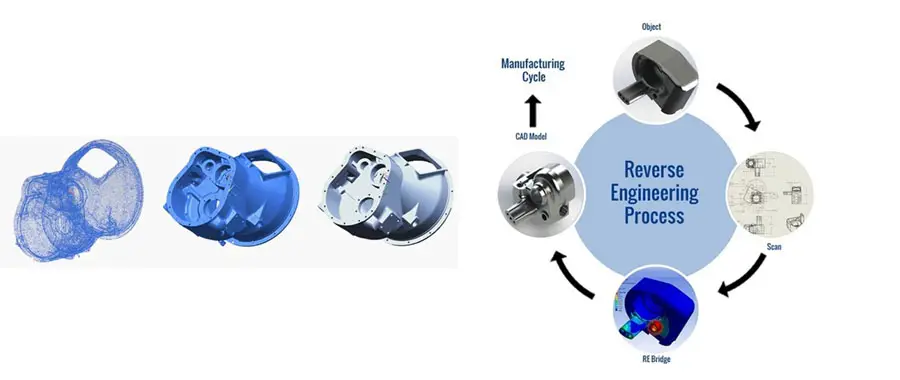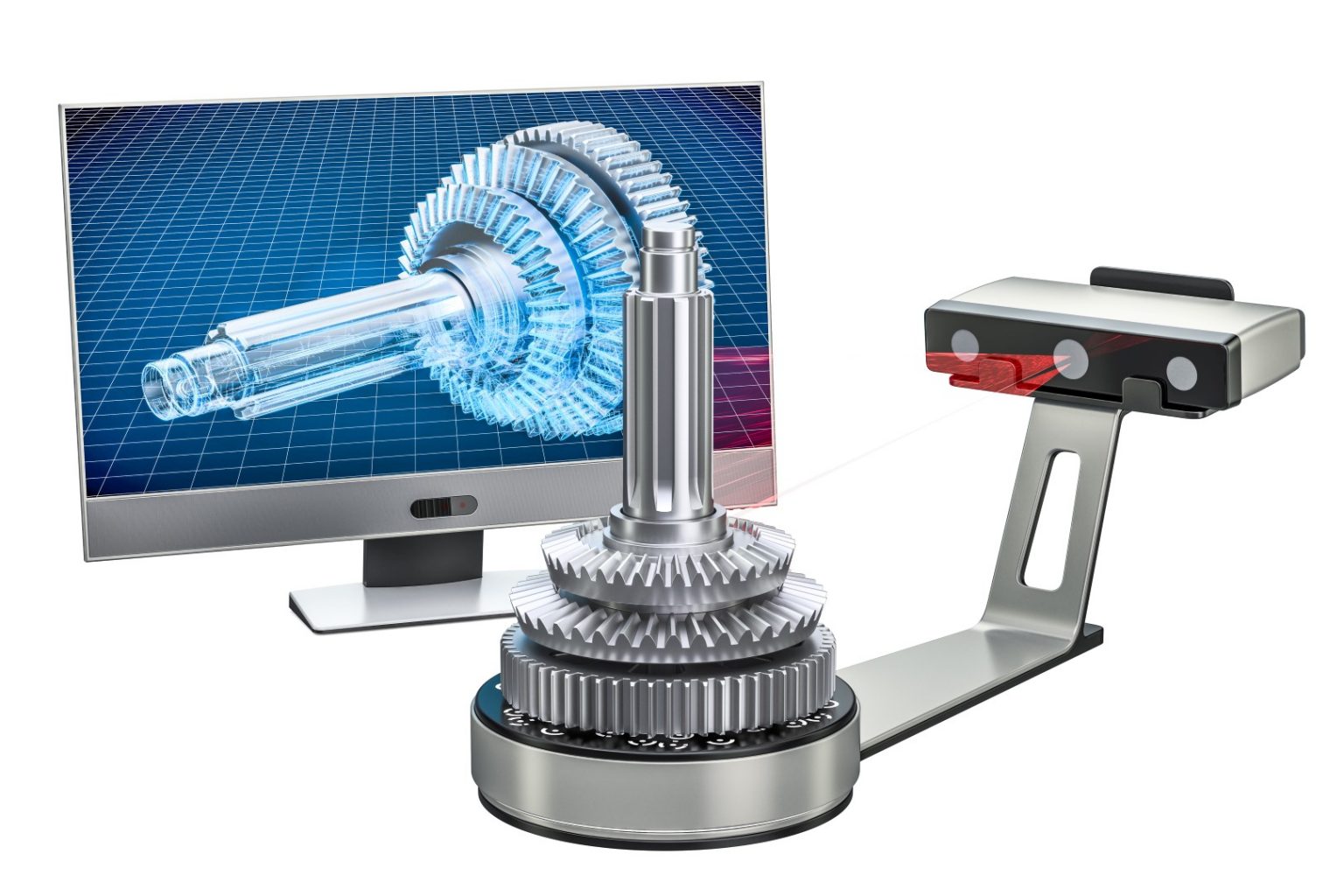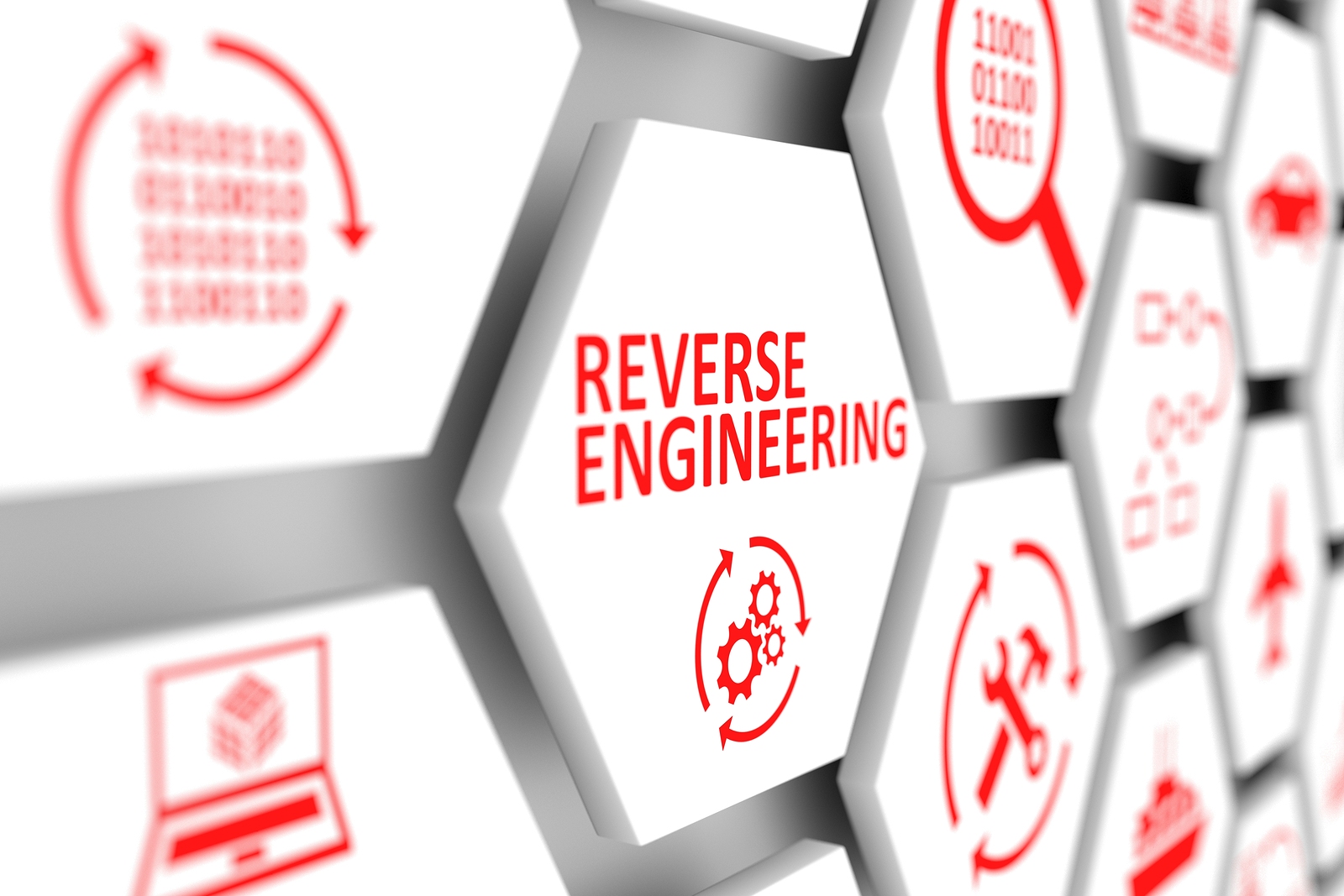The Different Types of Reverse Engineering

Reverse engineering is the process of analyzing a product to determine how it was made. This can be done for a variety of reasons, including:

- To improve the product. By understanding how a product was made, engineers can often find ways to improve its design or functionality.
- To create a competing product. By reverse engineering a competitor’s product, companies can create a similar product that is cheaper or has better features.
- To learn about the competition. By reverse engineering a competitor’s product, companies can gain valuable insights into their technological capabilities.
There are three main types of reverse engineering:

- Physical reverse engineering involves taking a physical product apart and examining it to determine how it works. This is the most common type of reverse engineering and can be used to analyze a wide variety of products, from simple machines to complex electronic devices.
- Software reverse engineering involves examining the code of a software program to determine how it works. This can be done by disassembling the code or by using a debugger. Software reverse engineering can be used to understand the functionality of a software program, to find vulnerabilities, or to create a competing product.
- Digital reverse engineering involves examining the digital data that is contained in a product. This can include examining the product’s firmware, its memory, or its operating system. Digital reverse engineering can be used to understand the functionality of a product, to find vulnerabilities, or to create a competing product.
Reverse engineering can be a complex and time-consuming process, but it can be a valuable tool for a variety of purposes. By understanding how a product was made, engineers can often find ways to improve it, create competing products, or learn about the competition.# The Different Types Of Reverse Engineering
Executive Summary
Reverse engineering is the process of taking apart an existing product and analyzing it to create a similar one. There are many different types of reverse engineering. The most common type is physical reverse engineering, which involves taking apart a physical product and analyzing its components. Other types of reverse engineering include software reverse engineering, which involves analyzing software code to understand how it works, and bio-reverse engineering, which involves analyzing biological systems to understand how they function.
Introduction
Reverse engineering is a powerful tool that can be used for a variety of purposes. It can be used to repair products, develop new products, and improve existing products. It can also be used to understand how competitors’ products work and find ways to improve them.
FAQs
-
What is the difference between forward engineering and reverse engineering?
Forward engineering is the process of designing and building a product from scratch. Reverse engineering is the process of taking apart an existing product and analyzing it to create a similar one. -
What are the benefits of reverse engineering?
Reverse engineering can be used to repair products, develop new products, improve existing products, and understand how competitors’ products work. -
What are the risks of reverse engineering?
Reverse engineering can be time-consuming and expensive. It can also be difficult to obtain the necessary materials and information.
Types of Reverse Engineering
Physical Reverse Engineering
Physical reverse engineering is the process of taking apart a physical product and analyzing its components. This can be done for a variety of purposes, such as to repair the product, understand how it works, or develop a similar product.
Key Components:
- Disassembly: Taking apart the product and identifying its components
- Inspection: Examining the components to understand their function and how they interact
- Analysis: Determining how the components work together to create the overall product
- Documentation: Creating a record of the disassembly and analysis process
Software Reverse Engineering
Software reverse engineering is the process of analyzing software code to understand how it works. This can be done for a variety of purposes, such as to debug the software, improve its performance, or develop a similar product.
Key Components:
- Decompilation: Converting the software code into a higher-level language
- Analysis: Examining the code to understand its structure and functionality
- Documentation: Creating a record of the analysis process
Bio-Reverse Engineering
Bio-reverse engineering is the process of analyzing biological systems to understand how they function. This can be done for a variety of purposes, such as to develop new drugs, understand diseases, or create new biomaterials.
Key Components:
- Extraction: Isolating the biological components of the system
- Characterization: Determining the structure and function of the components
- Analysis: Understanding how the components interact to create the overall system
- Documentation: Creating a record of the extraction and analysis process
Conclusion
Reverse engineering is a powerful tool that can be used for a variety of purposes. It is important to understand the different types of reverse engineering and their benefits and risks before using them. By carefully considering the potential benefits and risks, you can use reverse engineering to achieve your goals.
Keyword Tags
- Reverse engineering
- Physical reverse engineering
- Software reverse engineering
- Bio-reverse engineering
- Product development
